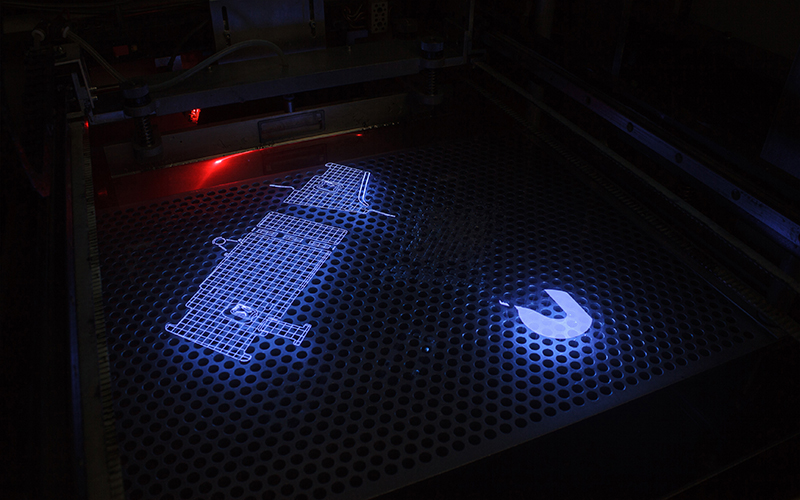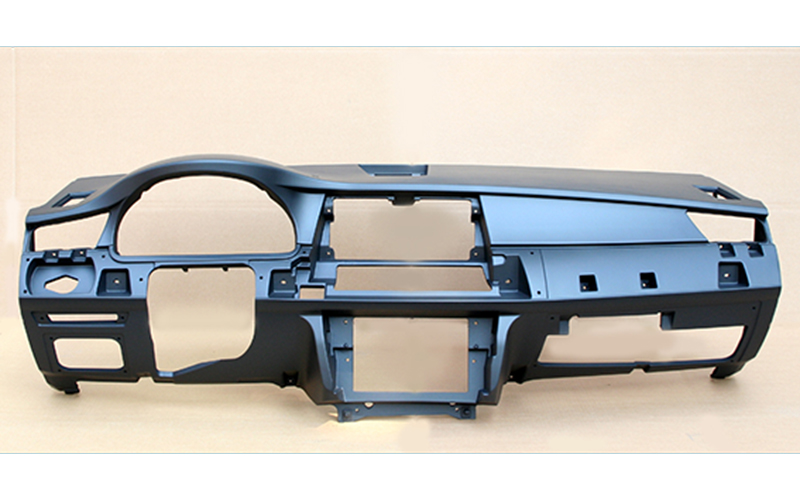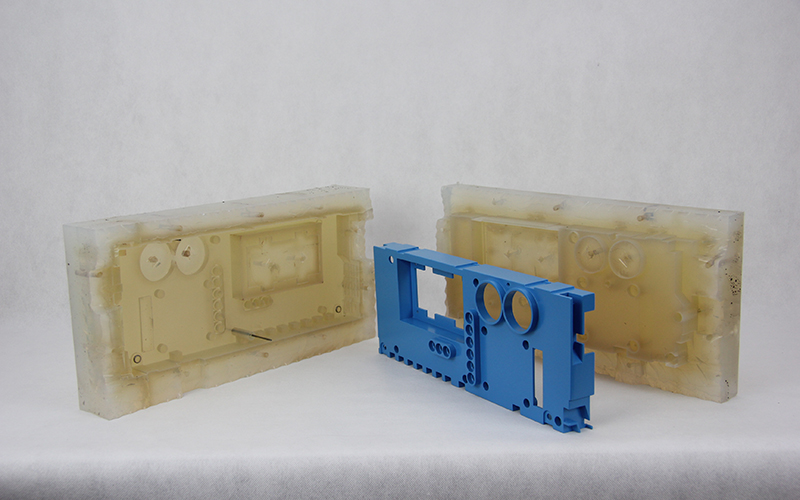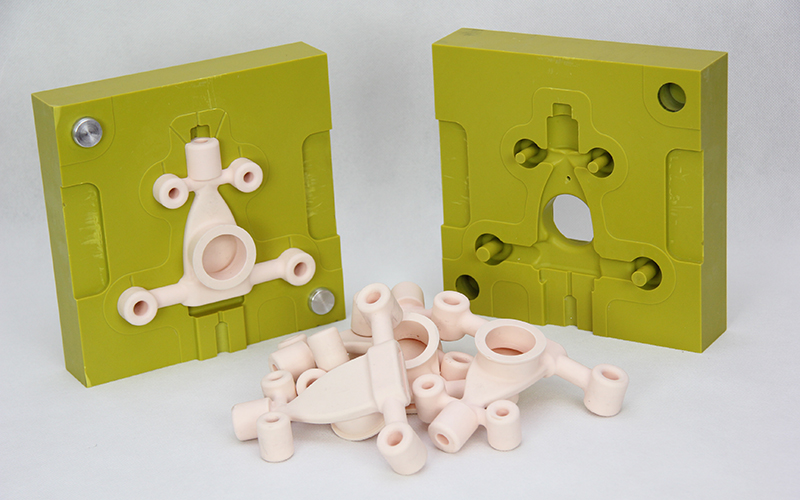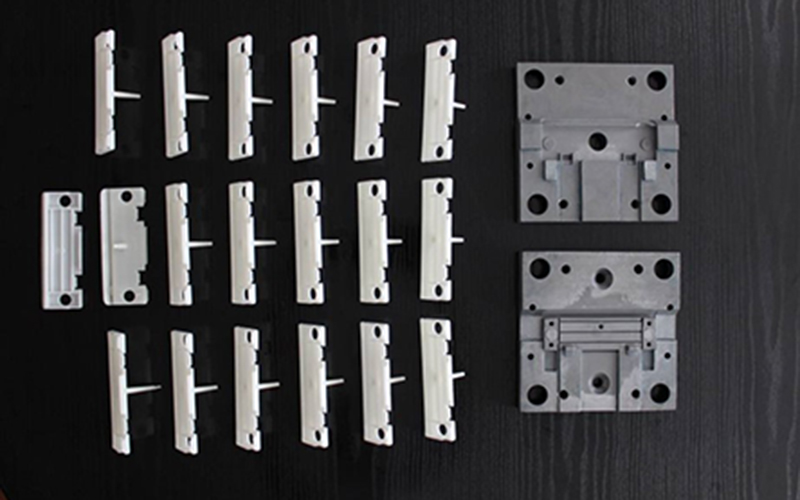The main point of the prototype manufacturing processes is that parts with similar material quality and geometry identical to the original product can be produced quickly and at low cost. The prototype is suitable for demonstration, and for carrying out installation and mechanical tests. As a result of the tests and after incidental modifications the tools for mass production can be manufactured. Rapid prototyping processes are primarily used by quickly developing industry sectors, the automotive industry, electronics industry and aeronautical industry; the first exhibition specimens are built from these parts, for example in the case of cars.
We apply four rapid prototyping processes
- SLA, stereolithographic laser technology
- VACUUM CASTING: vacuum-casting by gravity
- RIM: low pressure injection moulding
- Small series injection moulding
By involving subcontractors and partners we perform orders requiring SLS, SLM, POLYJET and Metalcoating procedures.
SLA technology
The 3D model of the part prepared by the designer is sliced to 25/50/100 micrometer layers; the individual layers include the 2D cross-sections of the original model. The body is built up by preparing the individual slices and connecting them to each other.
Currently we have three laser processing equipment for preparing the parts. The working space of the equipment is a tank with volume of 300x200x335 mm, containing PU resin. Processing is performed by laser beam.
By guiding the beam along the liquid plastic surface the material hardens in the contact points thus creating the desired geometry.
The size of the largest part that can be made in one piece is the same as the size of the working space. The size of the product produced can be multiplied by gluing. Machining accuracy is +/-0.1 mm.
The equipment allows the manufacturing of one or more parts simultaneously.
The SLA piece is suitable for demonstration and serves as master piece for further rapid prototyping processes.
Vacuum casting
After the production of the SLA master piece measurement control and finishing follows. The developing of the surface of the piece according to different quality grades as well as texturizing and painting is achieved by finishing.
By using the master model a silicone mould can be prepared: the parts are produced in a closed vacuum space by gravity casting. The maximum size of the parts we can produce by vacuum casting is 2050x1200x800 mm. The useful life of a silicone mould is 25-35 pcs.
RIM casting
RIM casting means manual injection moulding at 0.2 bar. The advantage of the process is that is does not require equipment with closed working space therefore the size of the pieces that can be produced is not limited: even parts larger than 2000 mm can be produced with this process.
The mould is identical to the silicone tool used for vacuum casting. Hard polyurethane form produced by CNC milling is used to produce several hundreds of parts.
The mechanical properties of the prototypes produced using RIM technology are nearly as good as the original injection moulded piece.
Small series injection moulding
The manufacturing technology fully complies with the series producing plastic injection moulding technology therefore the quality of the parts produced complies with the demands made on parts produced in large series in every respect.
The difference between the two processes is that the design of the prototype injection moulding tools is simpler, automatic mode and the achievement of the shortest possible manufacturing cycle is not a requirement because of the small series, and neither is the several-million-piece useful life. The material applied at the shaping surfaces, made of high thermal strength plastic with 3D printing or of machined aluminium alloy can be processed quickly, at low cost, therefore the manufacturing tools can be prepared in the shortest possible time and at the least cost.
Another cost reducing factor is the mould base system used by our company which makes it possible that in our existing basic moulds we produce only the shaping and other components needed for the injection moulding of the parts that have to be manufactured for the time being, and the required plastic parts are then produced by replacing these tools. The prototype injection moulding tools have a lifetime of approx. 10,000 pcs.
Our goal in the field of prototype manufacturing is to produce the product ordered by the customer in all sizes of series, from one piece to several thousand pieces, at a competitive price and within the shortest possible deadline.
Our company is market leader in Hungary in prototype manufacturing, and we belong to the largest manufacturers in Middle-Europe.





